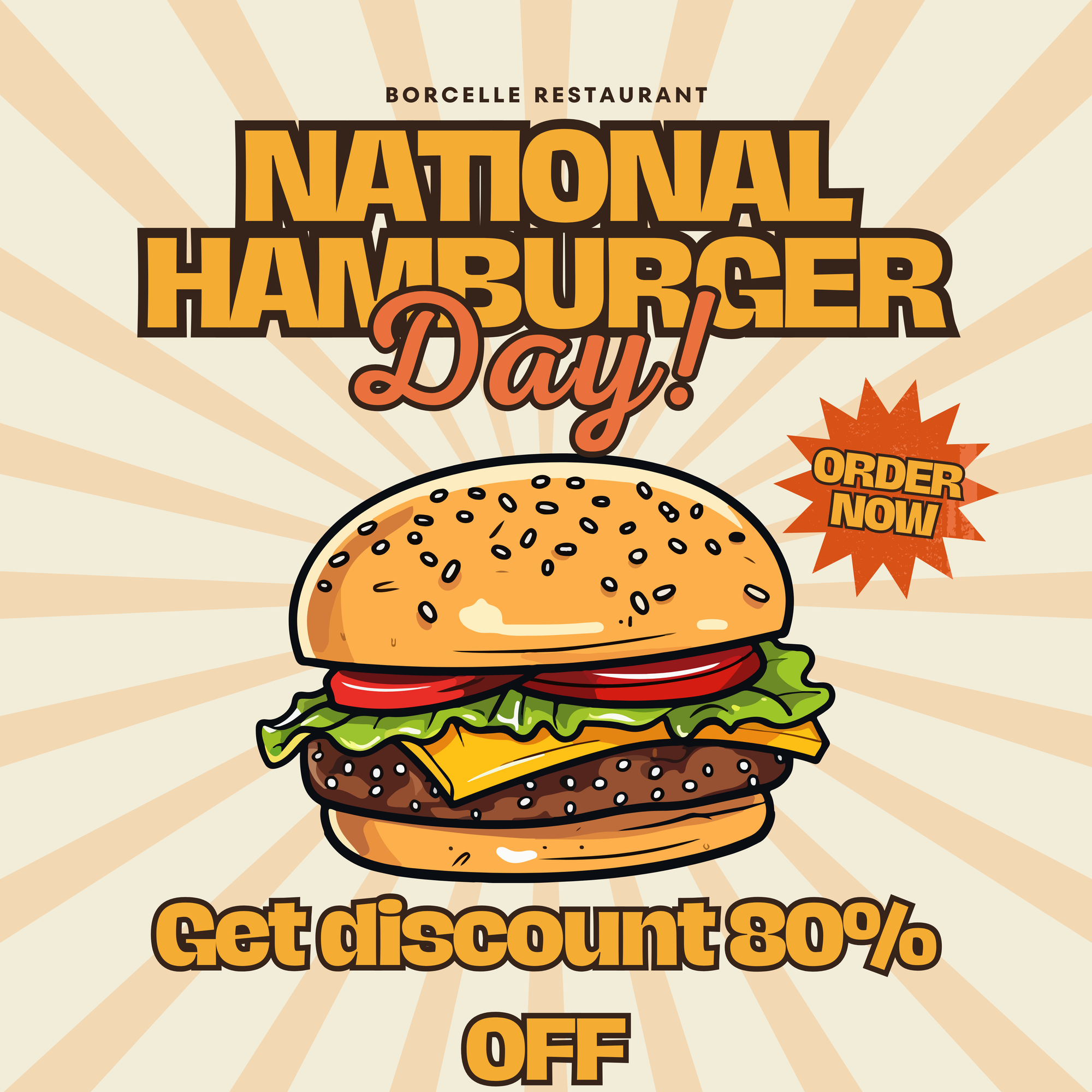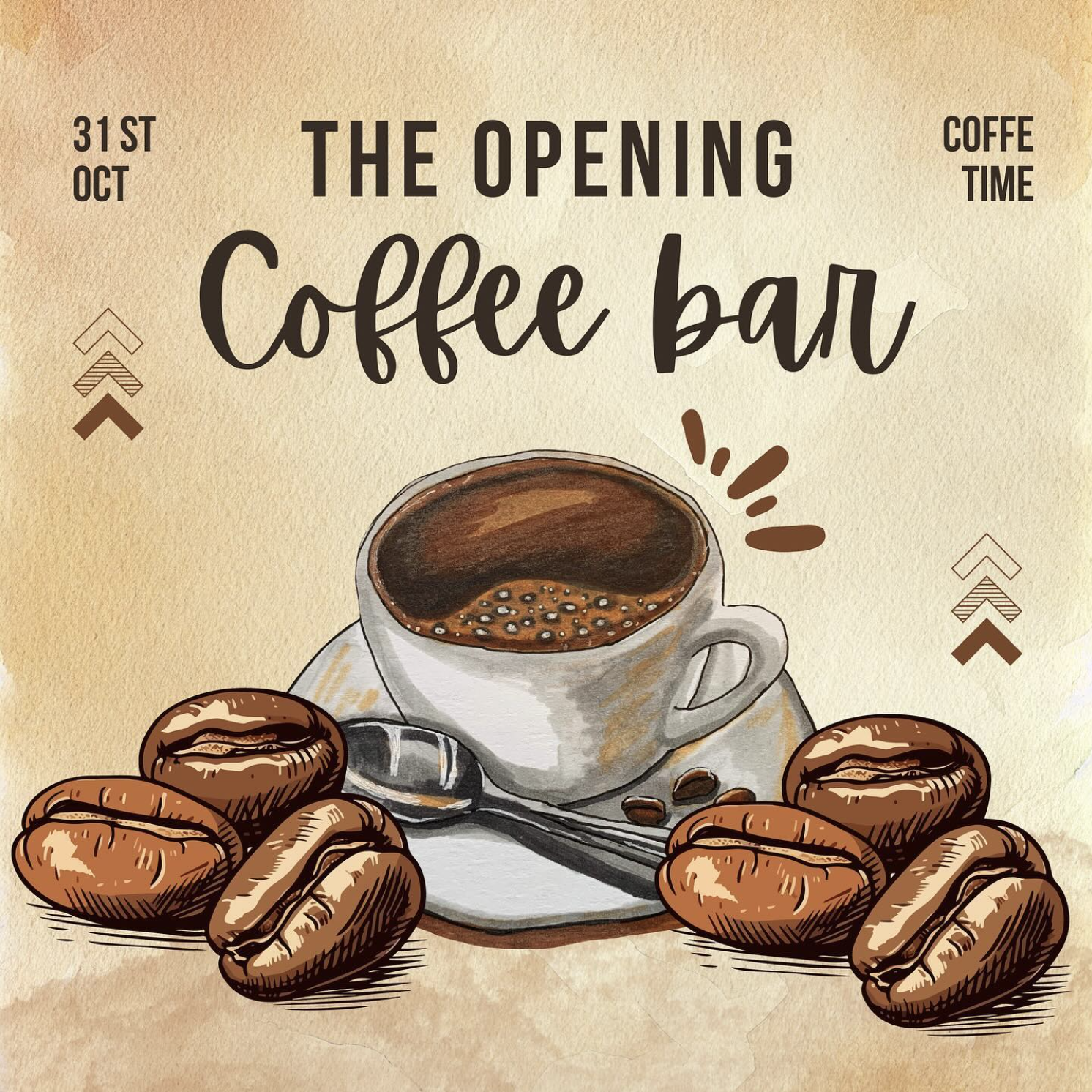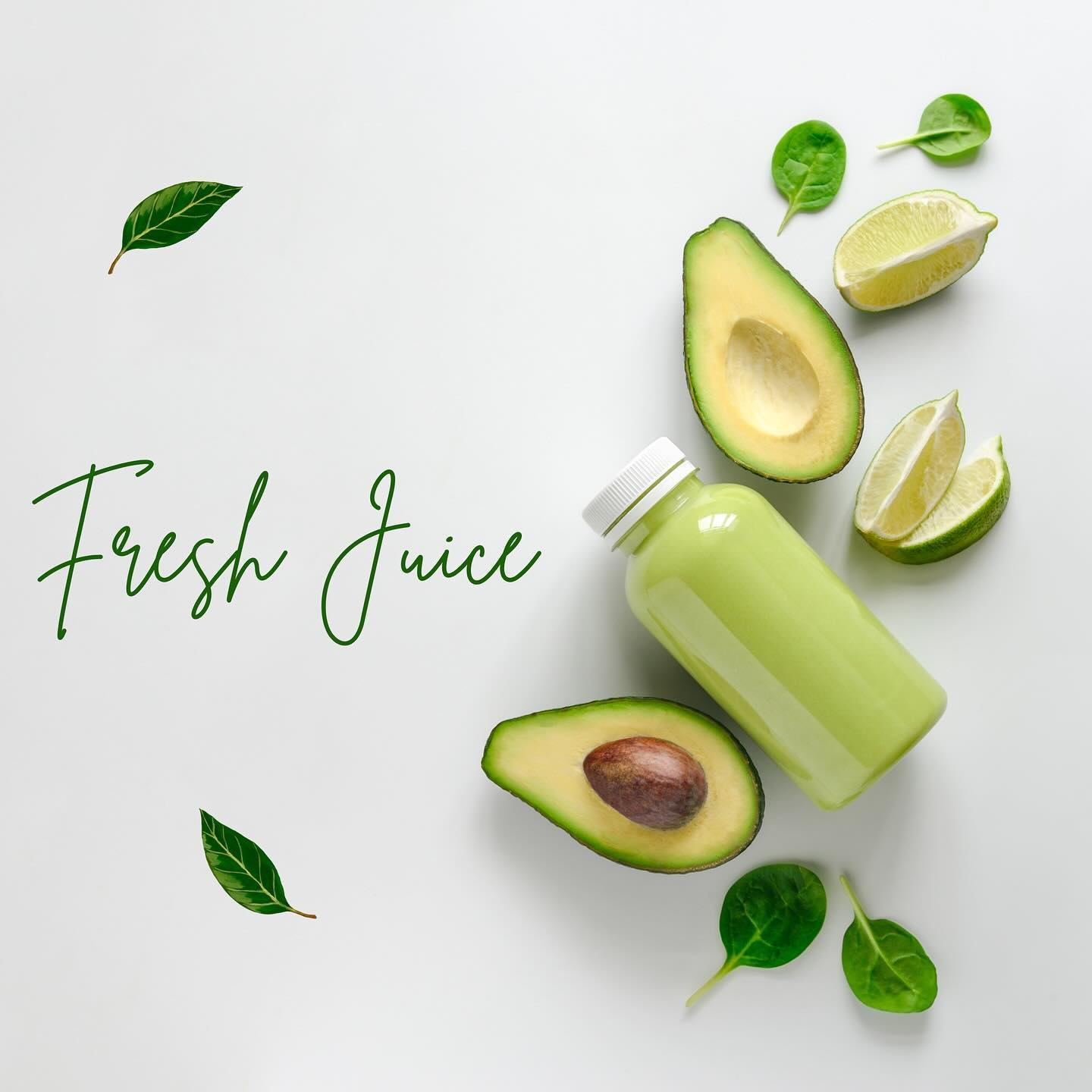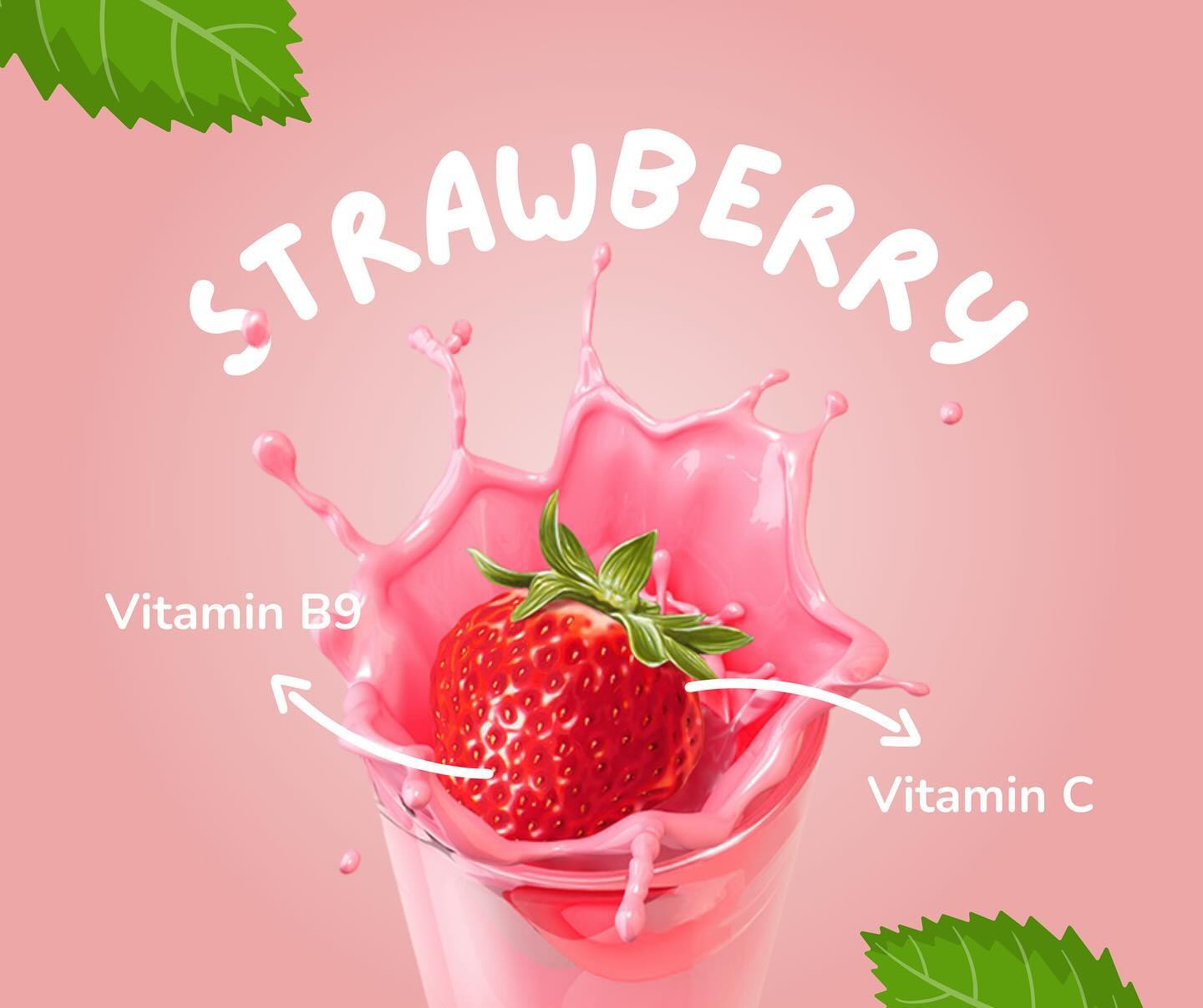Unlock your digital potential. From SEO to UX, see how smart refinement fuels real growth.
TopMedia
Think Sharp. Work Smart.
At TopMedia, bold ideas meet data-driven execution. We partner with ambitious brands to scale smart, grow fast, and dominate with precision.
Strategy isn’t just a plan. It’s our promise.
"Leo Burnett"
End-to-End Marketing Solutions
AI Development and Marketing Automation
Leveraging AI technologies to automate marketing processes and personalize content and services for customers
Brand Identity Development
Crafting a unique brand image through visual design, messaging, values, and tone to establish clear and captivating recognition among the audience, fostering emotional connection and brand loyalty
Marketing Strategy Development
Building customized strategies to achieve clients' marketing objectives
Paid Advertising (PPC)
Managing paid advertising campaigns on search engines and social networks
Graphic Design
Creating graphic designs for various needs, such as promotional materials, product packaging, and marketing documents, while maintaining visual consistency
Search Engine Optimization (SEO)
Optimizing websites for search engines to improve organic rankings, including content optimization, site structure, and link building
Content Creation
Producing high-quality, audience-tailored content, including articles, posts, and videos
Rebranding
The process of changing and updating the brand, including visual identity, messaging, and perceptions, to align with market or audience changes
Social Media Management
Creating and managing content on social networks (such as Facebook, Instagram, TIK TOK, LinkedIn), interacting with followers, and increasing audience engagement
Website Development and Design
Planning, designing, and building custom websites, including corporate sites, e-commerce platforms, and landing pages, with an emphasis on user experience
Influencer Marketing
Collaborating with influencers to promote products and services, including identifying suitable influencers, managing partnerships, and measuring results
UI/UX Design
Designing user-friendly and intuitive interfaces, including optimizing user experience for websites and applications
Customer Relationship Management (CRM)
Utilizing CRM systems to manage and analyze customer interactions, including marketing automation and personalized communication
E-commerce Consulting
Advising and developing strategies for online sales, including planning e-commerce websites, optimizing user experience, and running targeted advertising campaigns
Programmatic Advertising Services
Managing targeted advertising using advanced technologies and automation, enabling real-time personalization of ads
Mobile Optimization
Adapting websites and applications for mobile device usage, including responsive design and user experience optimization
Words That Matter
The Knowledge Vault
What Are Leads?
What Tools Can Be Used to Manage Leads?
What Is Lead Optimization?
How Does Landing Page Optimization Impact Lead Quality?
Elements like fast load speed, mobile responsiveness, persuasive copy, and intuitive form design help filter out unqualified traffic and encourage serious prospects to convert. The result? Fewer wasted leads, higher conversion rates, and better return on your marketing investment.
How Can a CRM System Help with Lead Management?
With automation features, CRMs can send follow-up emails, assign leads to sales reps, and trigger alerts based on lead activity. This not only improves response time and consistency but also increases the chances of converting leads into paying customers.
How Do You Segment a Target Audience for Lead Optimization?
Common segmentation criteria include demographics (age, gender, location), psychographics (interests, values, lifestyle), behavior (past purchases, website activity), and intent (where they are in the buying journey). By aligning your content and ads with the right audience segments, you attract higher-quality leads, improve conversion rates, and reduce wasted ad spend.
What Role Do A/B Tests Play in Lead Optimization?
By testing different headlines, calls-to-action, images, or form lengths, businesses can gather data on user preferences and behavior. This data-driven approach removes guesswork, increases conversion rates, and ensures that your lead generation strategy is based on real performance, not assumptions.
What Is the Importance of Data Analysis in Lead Optimization?
This evidence-based approach helps refine targeting, messaging, and user experience, leading to higher-quality leads and better ROI. Without data analysis, optimization becomes guesswork instead of strategy.
What Is a Lead Magnet and How Is It Used to Collect Leads?
By offering something useful and relevant, businesses encourage visitors to take action and opt in. Lead magnets are often used on landing pages, pop-ups, or blog posts, and serve as an effective entry point into the sales funnel—turning anonymous visitors into qualified leads.
What Is Lead Nurturing and How Does It Impact Lead Quality?
By educating leads, addressing their pain points, and staying top-of-mind, businesses can guide prospects toward a purchase decision. This process improves lead quality by filtering out unqualified contacts and developing stronger, more conversion-ready relationships with the right audience.
Digital Nuggets
Thinking about Google Ads? This quick guide shows how it works, which campaigns to choose, and how to get real ROI.
Need results fast? Paid ads drive instant traffic, targeted exposure, and measurable growth—when done right.
Think SEO is just hype? Think again. Learn what it really is and how it drives lasting trust, traffic, and growth
Partners in Growth
Get in Touch
- +1-305-986-2179
 +972-547401020
+972-547401020- Office Hours Monday – Friday: 9:00 AM – 5:00 PM Closed on weekends and public holidays* By sasi & co






















